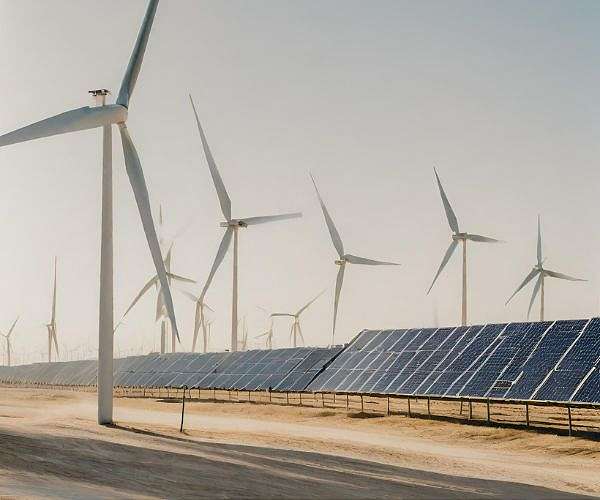Revealing the impact of climate-related low solar and wind energy events in China
A groundbreaking study led by Dr. Yue Qin and Dr. Tong Zhu from Beijing University has provided critical insights into the spatiotemporal dynamics and underlying causes of composite low-solar-low-wind (LSLW) extremes in China. Using advanced climate modeling and diagnostic techniques, this research sheds light on a growing challenge for renewable energy systems.
“Our results suggest that under composite LSLW extremes, renewable energy generation could be significantly compromised,” explains Dr. Yue Qin out. “Even more worrying, climate change could intensify the frequency of such events, escalating threats to China’s sustainable energy supply and potentially hindering progress toward carbon neutrality.”
China’s ambitious goal of carbon neutrality by 2060 depends on expanding solar and wind energy, but these renewable sources are inherently variable and sensitive to weather patterns. While there has been extensive research on individual renewable energy challenges, this study uniquely focuses on the compound effects of concurrent low solar and wind energy availability, a critical but under-researched issue.
The findings underline a significant topographic influence on the occurrence of LSLW extremes, with a national average of 16.4 days per year. Particularly in eastern China, these events reduce renewable energy production by approximately 80% compared to normal conditions. Projections under different climate scenarios indicate a nationwide increase in the frequency of such events, with areas such as the Tibetan Plateau and northwest China predicted to experience a substantial increase.
“Specifically, a striking increase in the frequency of composite LSLW extremes occurs under the SSP370 scenario, where aerosol emissions increase due to the adoption of lenient air quality policies,” said Licheng Wang, lead author of the study. The study found that increased aerosol levels play an important role by weakening wind speed and reducing solar radiation.
The researchers also evaluated electricity transmission between the networks as an adaptation strategy. The results show that this approach could reduce more than 91% of the frequency and 59%-85% of the intensity of energy disturbances caused by LSLW. Xizang (Tibet) emerged as a key region for reducing LSLW-related renewable energy shortages across China. However, infrastructure constraints, including geographic and economic challenges, limit the development of high-voltage electricity transmission in this region. Strengthening renewable energy projects in Xizang could be key to achieving China’s carbon neutrality goals.
Dr. Yue Qin emphasized the importance of informed planning: “By revealing the geospatial and temporal evolution of composite LSLW extremes and their underlying physical mechanisms under climate change, our study highlights that these events are not random but predictable. This underlines the importance of proactive preparation and mitigation to address this urgent challenge.”
Research report:Unraveling climate change-induced composite low-sun, low-wind extremes in China


